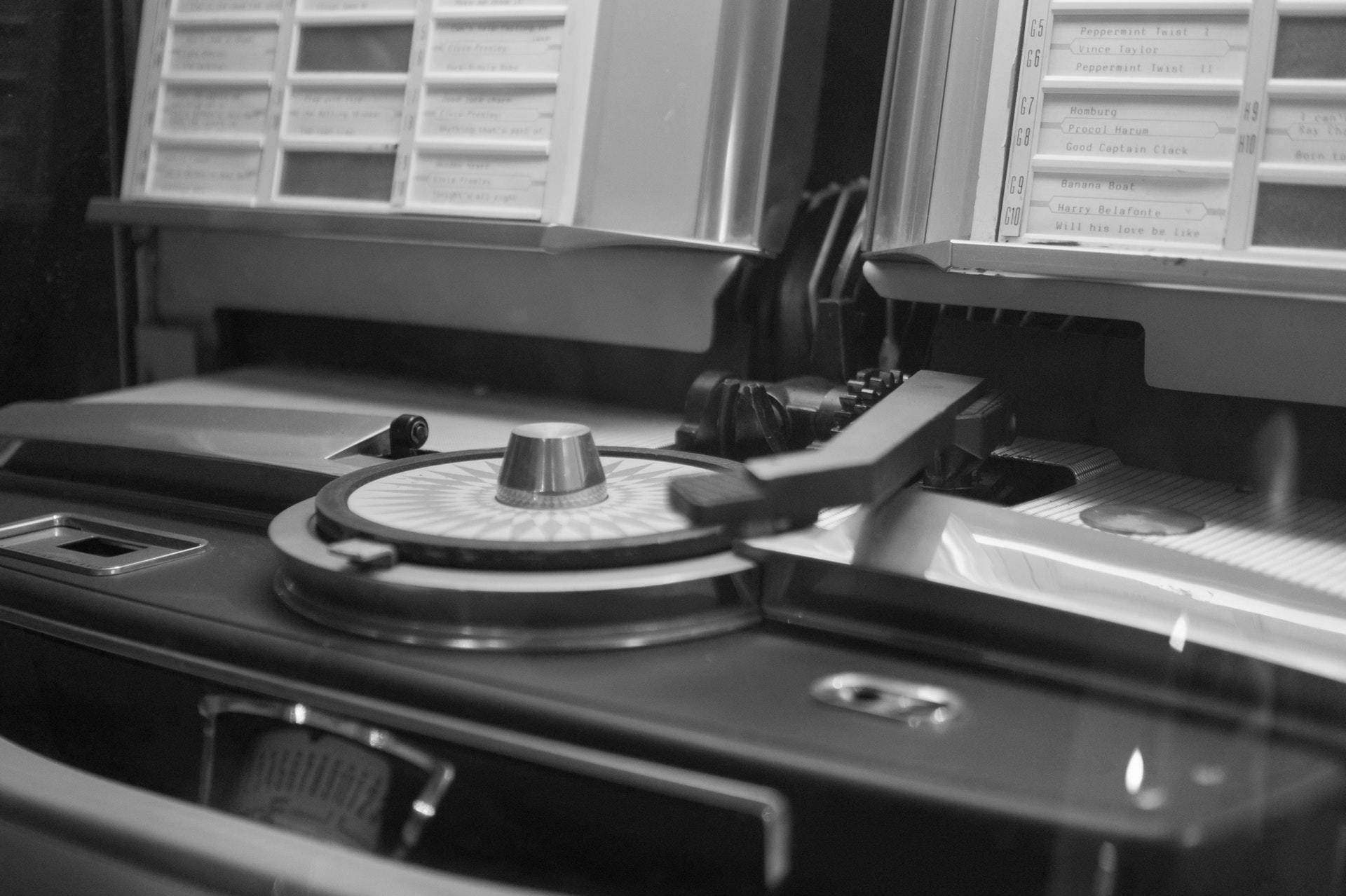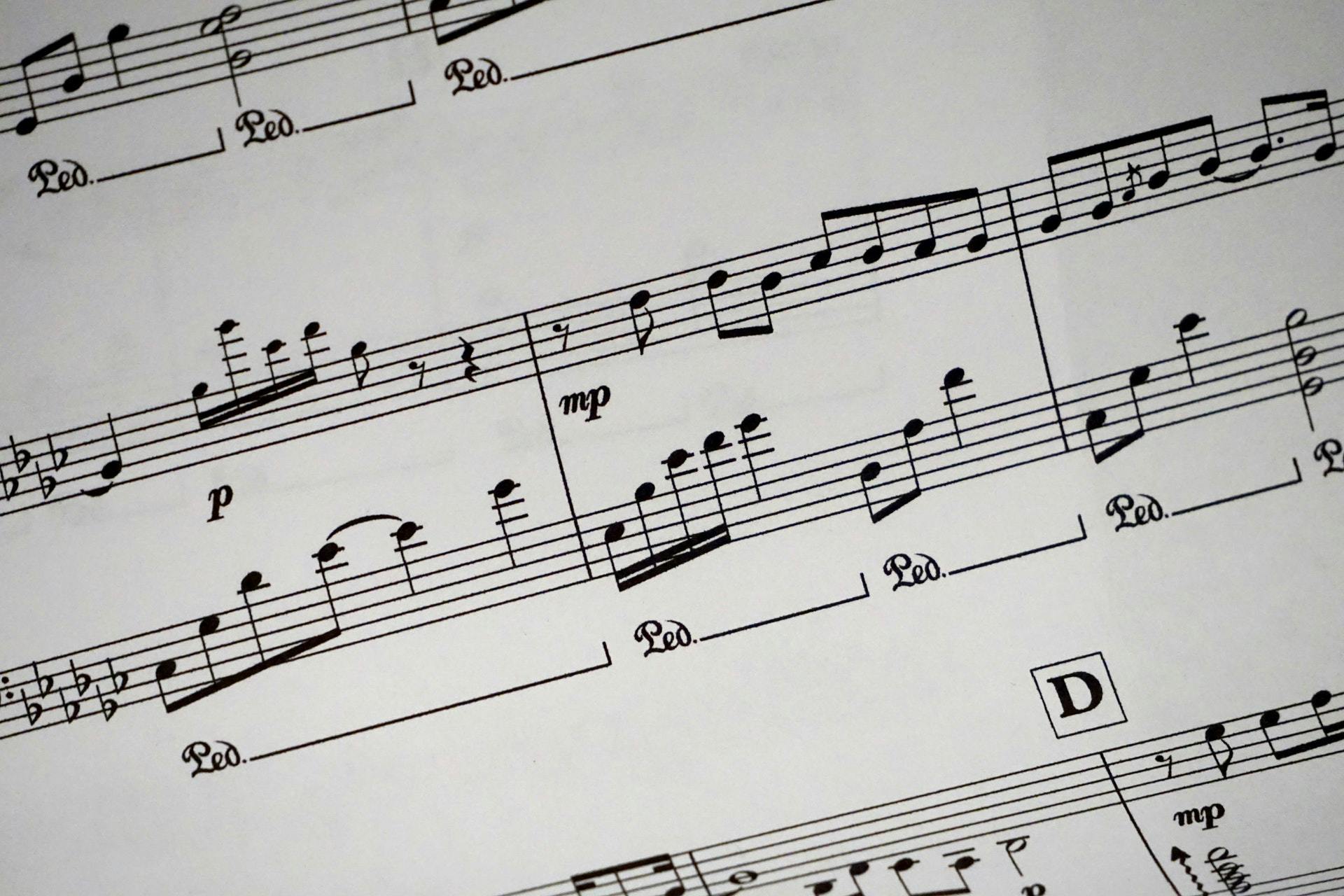Jump to
- What are performance royalties?
- Composition vs. Master: Two types of copyright
- When are performance royalties paid?
- Radio plays (terrestrial, satellite, and internet)
- Digital streams
- Plays & performances in live venues
- Plays in TV, film, or advertisements
- Performance royalties vs. mechanical royalties: what’s the difference?
- Who receives public performance royalties?
- Performance royalties in the modern age
- Conclusion
Digital streaming platforms have transformed the music industry in a multitude of ways. One of them is that they’ve created a new revenue stream of performance royalties for songwriters. However, while digital streaming has generated new interest in performance royalties, it’s still only one part of the pie: radio plays, performances in live venues, and performing as a part of a TV broadcast, movie or advertisement all generate performance royalties.
Besides, performance royalties are just one type of royalty, alongside mechanical royalties and sync fees. Sync licensing is a hugely complicated topic in itself, and it’s typically a 1:1 negotiation, which is why we’ve covered it in detail in a separate article. Today, however, we’re going to explore the performance and mechanical royalties, collected and distributed by third-party organizations: in the US, the PROs (BMI, ASCAP, and SESAC) collect performance royalties, while the Harry Fox Agency administers mechanical royalties.
So, how are performance royalties different from mechanicals? How do these royalties flow from music users to songwriters and publishers? And how are these royalties calculated?
All this (and more) below.
What are performance royalties?
Performance royalties are paid to songwriters and their publishers in exchange for the right to broadcast or perform a copyrighted musical composition in a public environment. This includes radio airplay, TV broadcasts, live performance in venues like bars and clubs, and, last but not least, interactive digital streams. But before we get into it we have to get through the basics, and when it comes to royalties it all begins with the music copyright:
Composition vs. Master: Two types of copyright
When a musical composition is fixed in a tangible medium, like lyrics written in a notebook or a harmony recorded in sheet music, copyright is instantly created for the songwriters and their music publisher (if there’s a publishing deal in place). This copyright covers the underlying piece of music — the harmony, melody, and lyrics — and is owned by the songwriters and their music publisher.
Master copyright, on the other hand, is created for the particular expression of a composition in its recorded form and is owned by the recording artists and the record label who funded the recording.
To understand the difference between the two types of copyright, think of cover versions: each newly recorded cover version will have its own master copyright, but the original piece of music, containing the harmony, melody, and lyrics, is covered by the composition copyright.
So, only the copyright holders of the musical composition are paid performance royalties. Recording artists and labels don’t. For the full overview of royalties in the music industry, check out our introductory breakdown of the royalties on both sides of the music copyright.
When are performance royalties paid?
So, public performance royalties are generated when a musical composition is performed in a live venue, played on the radio, TV, and film, or streamed on a digital streaming platform. How are these royalties collected and distributed? The royalty pipeline differs based on the medium or venue, so in this section, we explore how each type of performance royalty works.
Radio plays (terrestrial, satellite, and internet)
Generally speaking, radio stations pay Performance Rights Organizations (PROs) for blanket licenses that give them the right to play virtually any music in existence. Then, they report the plays to the PROs through broadcast logs, which are used by PROs to distribute royalties to songwriters and their publishers. The exact calculation of how royalties are paid out for particular airplay depends on various factors, so we’ll go over the details in a future post.
Digital streams
Since, under the streaming model, none of the songs we listen to are actually owned by listeners, each stream on a DSP counts as a public performance of sorts — even if it’s broadcasted to the privacy of the consumer’s headphones. Sometimes, streaming services have direct relationships with publishers (if it’s a massive company like Kobalt or Downtown/Songtrust or major-label affiliates). But generally, streaming services pay out performance royalties through PROs, who, in their turn, distribute them to publishers and songwriters.
The public performance royalty rates for streaming services are established by local legislation, in the US, by the Copyright Royalty Board (CRB). Streaming services negotiate performance royalty rates with PROs and then deduct this amount (typically 6-7% of the service’s total revenue) from their All-In Royalty Pool — the full amount that the services must pay out to songwriters and publishers, including both public performance and mechanical royalties (which we will cover ф bit further down the road).
Plays & performances in live venues
People are often surprised to learn that every time they hear a song in any public place, whether it’s played at a bar, club, or restaurant, in an elevator, or a subway station, that performance is likely reported to a PRO — and thus generates public performance royalties. Most of the time, such public performance platforms acquire blanket licenses from PROs — just like radios do — and log all the tracks they broadcast back to the collection societies so that they can divide the royalties up between corresponding songwriters.
Plays in TV, film, or advertisements
When a piece of music is used in a TV show, movie, or advertisement, the owner of the composition copyright is owed public performance royalties for the right to broadcast their works. In such circumstances, public performance royalties are usually a bonus on top of the sync fees that are negotiated separately, though not 100% of the time. The thing is that sync fees are paid out for the prominent and intentional use of compositions or masters as an integral part of a broadcasted piece of content. So, a song played at random during a live broadcast does not require a sync agreement, but if the song is inserted intentionally by the producers, then a sync deal is required.
Besides, public performance royalties often become a critical point of consideration when the sync deals are negotiated. For example, if the final content will be widely broadcast, like an ad for a major company running 20 times per day on national TV — well, the songwriter can expect a lot of performance royalties to pile up on top of the negotiated sync fees — and ber sure that the sync agencies will be well-aware of this fact.
Performance royalties vs. mechanical royalties: what’s the difference?
So, what’s the deal with mechanical royalties then? Those two types of royalties are often mixed up, since they sometimes travel through the pipe together — streaming services, for example, treat public performance and mechanical royalties as a single All-In Royalty Pool. In reality, however, they are very different. While performance royalties are paid for the right to play a composition in public, mechanical royalties are paid for the right to reproduce a composition through the process of recording, manufacturing, and distributing the work. So, if a label wants to produce a CD bearing the composition, they have to pay mechanicals for each copy they make.
In today’s streaming-driven musical ecosystem, however, mechanical royalties are mostly generated when a user chooses to play a specific song on a streaming service. When it comes to streaming, the key differentiator between the two types of royalties is user choice: if the user chooses a song on an on-demand platform, then public performance royalties AND mechanical royalties are generated. If a song is played on a non-interactive platform (like Pandora’s free radio, for example), only performance royalties are paid out.
For interactive plays, the streaming platforms typically pay royalties to music publishers through PROs, while royalties for on-demand downloads and physical sales are usually paid first to the copyright holder of the master (most of the time, the record label), who then has to distribute the mechanicals to the proper publishers and songwriters.
Who receives public performance royalties?
For any musical composition, the royalties are divided into two parts: one part goes to the songwriters, and the other to the publisher. However, the publisher’s share isn’t kept entirely by the publisher: instead, songwriters and publishers typically have a deal in place, which gives a portion of the publisher’s share to the songwriter. The exact percentages of those shares vary by territory: in the US, publishers and songwriters generally split both performance and mechanical royalties 50/50, but in France, songwriters receive 66% of the performance royalties, while the mechanical royalties are split 50/50 between publishers and songwriters. For more context on writer’s and publisher’s shares and how they shape the effective revenue splits, check out our Mechanics of Publishing.
Performance royalties in the modern age
The rise of digital streaming platforms has made performance royalties a critical source of revenue for many musicians. Streaming performance royalties are crucial to artists who don’t perform their own, like songwriters, lyricists, composers, or beat-makers. For artists like singers/songwriters who own both the composition and the master, the public performance royalty are less important, as they typically depend on other revenue streams — although the actual revenue composition is unique for every career.
However, as the entire digital landscape grew, it also made it more complicated for artists and music professionals to get their revenue streams in order and collect 100% of the royalties due. First, there’s the problem of metadata: the music industry is rife with inaccurate or incomplete metadata, and unfortunately, the collection and distribution of performance royalties are dependent on the accuracy of this data.
Then, there’s the fact that performance royalties are also dependent on venues, services, and TV/radio stations faithfully reporting what they play, which they often fail to do accurately and consistently. Add to that the decentralized and overly bureaucratic global PRO system which collects these royalties, and variation in local legislation around the world about how performance royalties are distributed, and you’ve got a landscape that’s convoluted enough to make even the most experienced music pros head’s spin.
We did our best to give you a broad overview of the process in this article, but if you really want to dig into it, check out our in-depth exploration in the Mechanics of Music Publishing.
Conclusion
If you’ve made it this far, then now you know why publishing is considered the most complicated area of the music industry. The main takeaway for music pros is that, yes, streaming platforms have generated new revenue streams for artists and performance royalties can be a valuable source of revenue, but navigating this complex landscape requires a basic understanding of where royalties are flowing and how they’re generated (as you hopefully now have). Every career is unique, but what makes a good music professional is all-around knowledge of how the system works.



